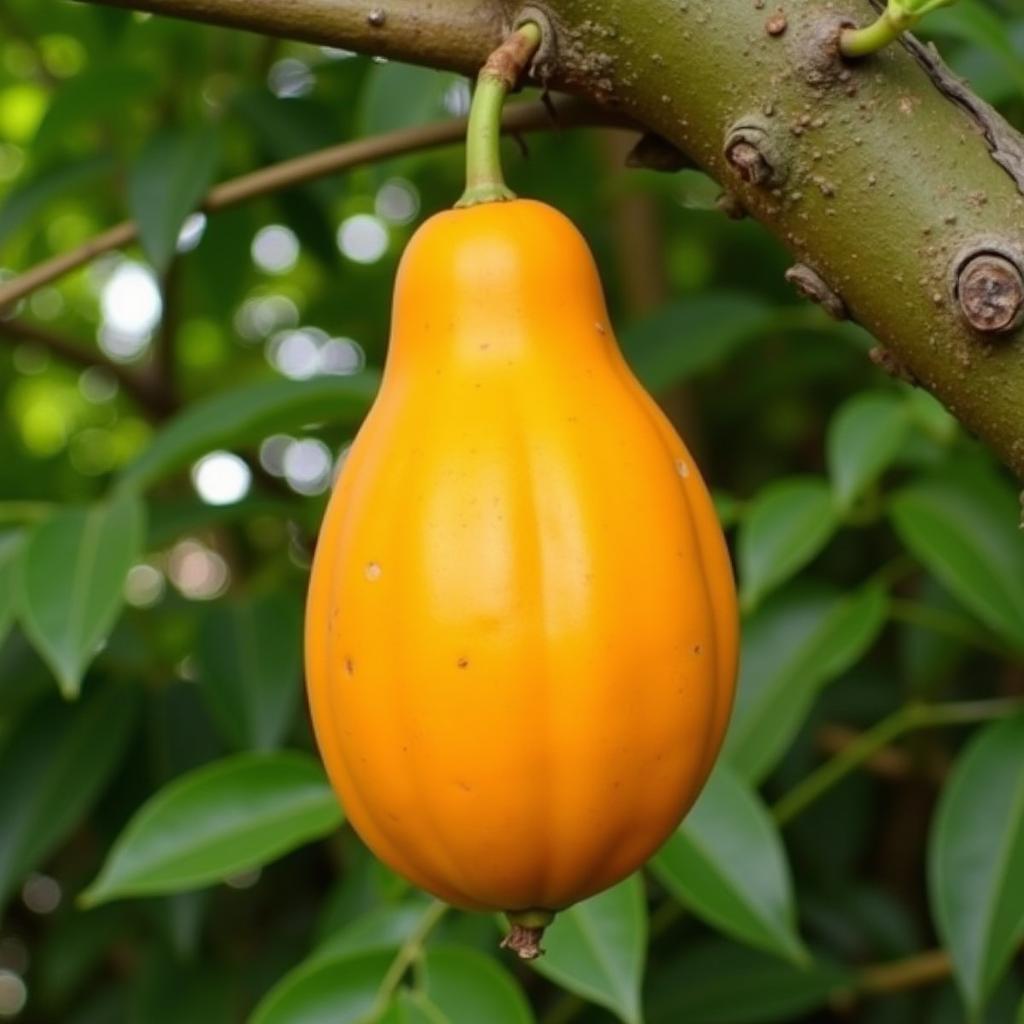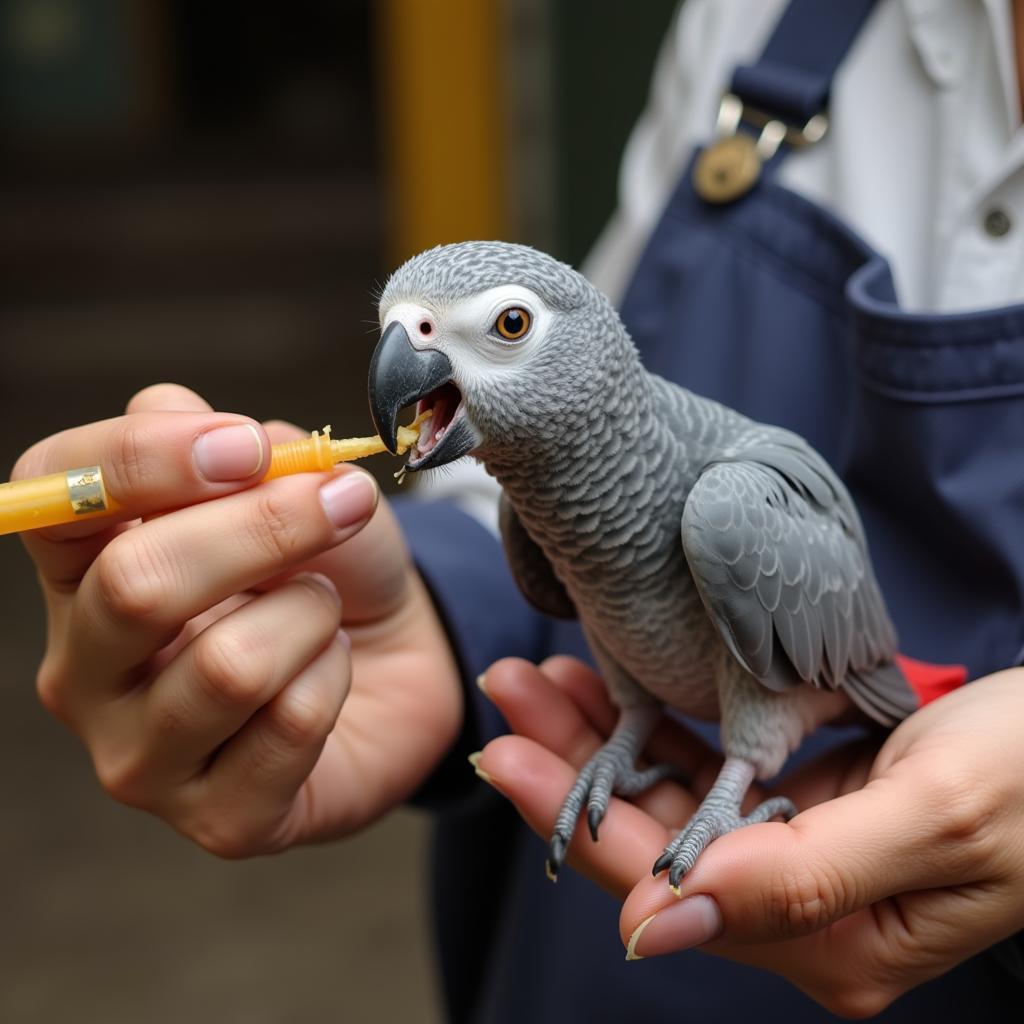The Enchanting World of African Tribal Drawings: An Exploration of Symbolism and History
African Tribal Drawings are a captivating form of art that offers a glimpse into the rich cultural heritage of the continent. These drawings, created by diverse tribes and communities across Africa, serve as powerful expressions of their beliefs, stories, and traditions. They are a testament to the ingenuity and artistry of African people, and continue to hold deep significance in contemporary African society.
Deciphering the Language of Symbols
African tribal drawings are not merely aesthetic creations, but rather intricate narratives woven into the fabric of their societies. They utilize a vast array of symbols that hold profound meaning, often conveying complex ideas and stories in a visual language. These symbols can represent:
- Ancestral Spirits and Deities: Many drawings depict deities and ancestral spirits that are revered and honored in tribal traditions. These figures often act as guardians, protectors, or guides, embodying spiritual power and wisdom.
- Animal Totems: Animals play a crucial role in many African cultures, often serving as totems that represent specific traits or qualities. Drawings featuring animals can symbolize strength, courage, wisdom, or other significant attributes.
- Rituals and Ceremonies: Tribal drawings often depict scenes of rituals, ceremonies, and daily life. These drawings provide insights into social customs, religious practices, and traditional ways of life.
- Geographical Features and Natural Phenomena: From landscapes to celestial bodies, drawings may depict elements of the natural world that hold spiritual or cultural significance for a particular tribe.
A Tapestry of Artistic Styles
The diversity of African tribal drawings is mirrored in the artistic styles employed by different communities. Each tribe has its own distinctive artistic language, influenced by its unique history, environment, and beliefs. Here are a few examples:
- Ndebele (South Africa): Ndebele drawings are known for their vibrant geometric patterns and bold colors, often adorning the walls of homes and public spaces.
- Dogon (Mali): Dogon drawings feature intricate geometric designs and symbolic figures, often depicting spiritual concepts and astronomical knowledge.
- Yoruba (Nigeria): Yoruba drawings are renowned for their depictions of deities, ancestors, and mythical creatures. These drawings often feature intricate details and vibrant colors.
- San (Southern Africa): San drawings, often found on rock surfaces, feature depictions of animals, hunting scenes, and ritual practices. These drawings are characterized by their simplicity and expressiveness.
The Legacy of African Tribal Drawings
African tribal drawings have endured for centuries, passed down through generations, and continue to inspire and captivate audiences today. They have become valuable resources for understanding the history, culture, and beliefs of diverse African communities. Moreover, these drawings are increasingly recognized as a powerful form of artistic expression that deserves global appreciation.
Frequently Asked Questions
1. What is the significance of African tribal drawings?
African tribal drawings hold profound cultural significance, offering insights into the beliefs, stories, and traditions of diverse African communities. They serve as a visual language, conveying complex ideas and narratives through intricate symbols and imagery.
2. What types of symbols are commonly used in African tribal drawings?
Common symbols include depictions of deities, ancestors, animal totems, rituals, ceremonies, geographical features, and natural phenomena. These symbols often hold specific meanings and are interpreted within the context of tribal traditions and beliefs.
3. How do African tribal drawings vary in style?
Each tribe has its own distinct artistic language, influenced by its unique history, environment, and beliefs. Some tribes are known for their geometric patterns, while others focus on symbolic figures or depictions of animals.
4. How do African tribal drawings contribute to contemporary African society?
African tribal drawings continue to play a vital role in contemporary African society, serving as a reminder of cultural heritage, fostering a sense of community, and inspiring creative expression. They also provide valuable insights for researchers and artists interested in exploring African art and culture.
5. Where can I find examples of African tribal drawings?
You can find examples of African tribal drawings in museums, galleries, and online collections dedicated to African art. Additionally, many communities continue to practice traditional forms of drawing, offering opportunities to witness this art form firsthand.
6. What is the best way to appreciate African tribal drawings?
To fully appreciate African tribal drawings, it is essential to understand the context in which they were created. Researching the culture, history, and beliefs of the tribe that produced the drawing can enhance your understanding and appreciation of its significance.
7. How can I learn more about African tribal drawings?
Numerous resources are available for learning more about African tribal drawings. These include books, articles, documentaries, websites, and museums dedicated to African art. It is also beneficial to connect with experts in the field and visit communities where traditional forms of drawing are still practiced.


